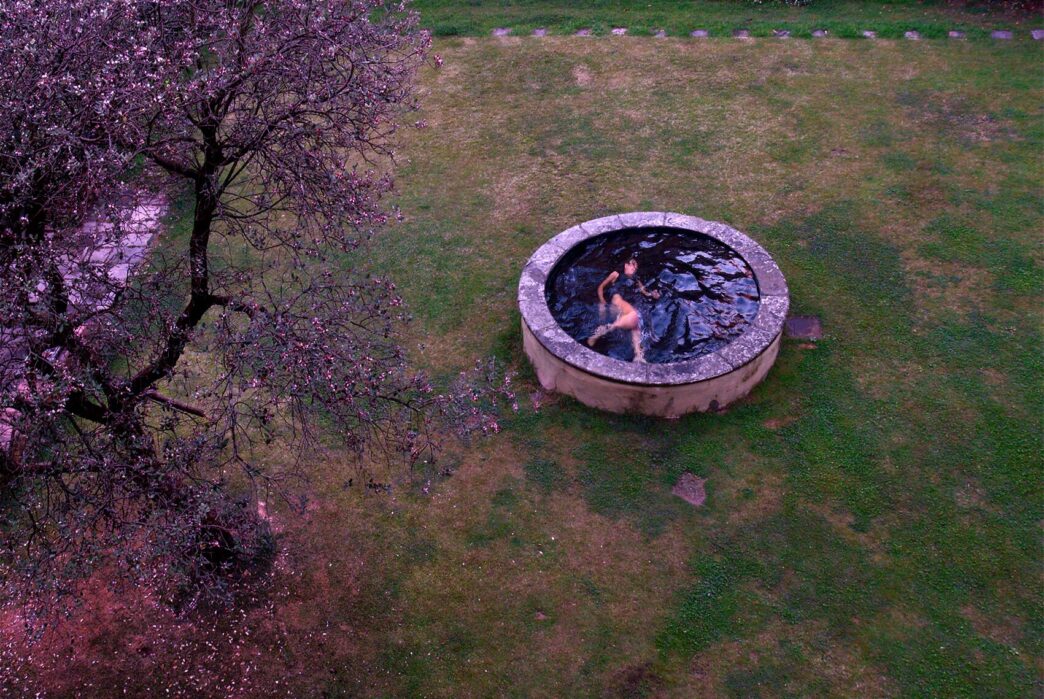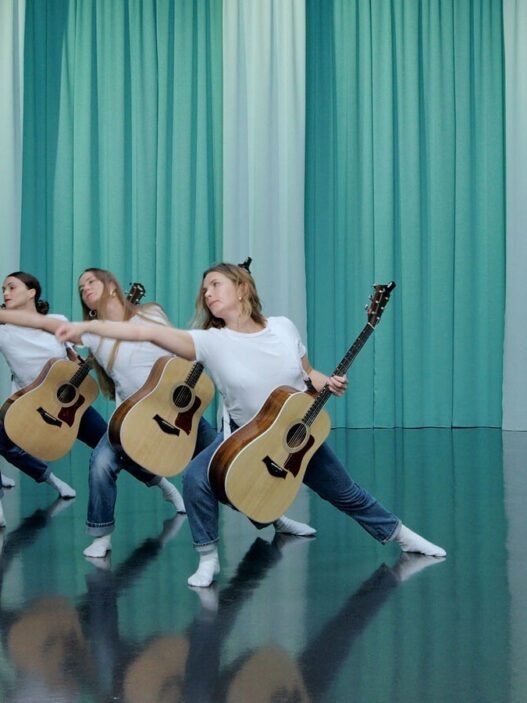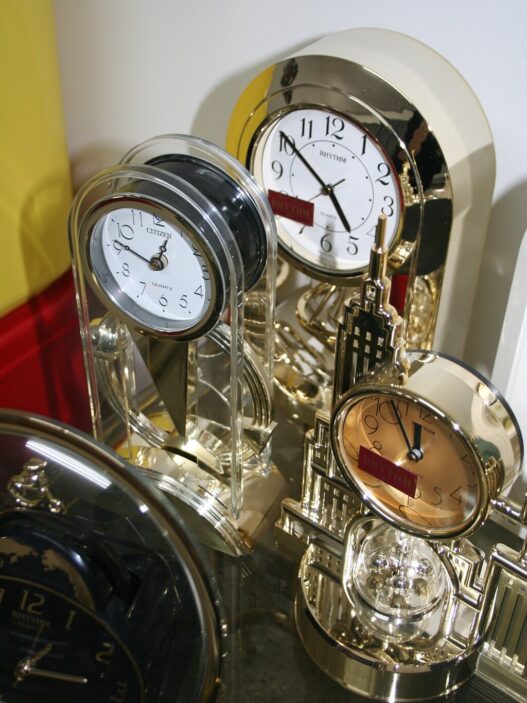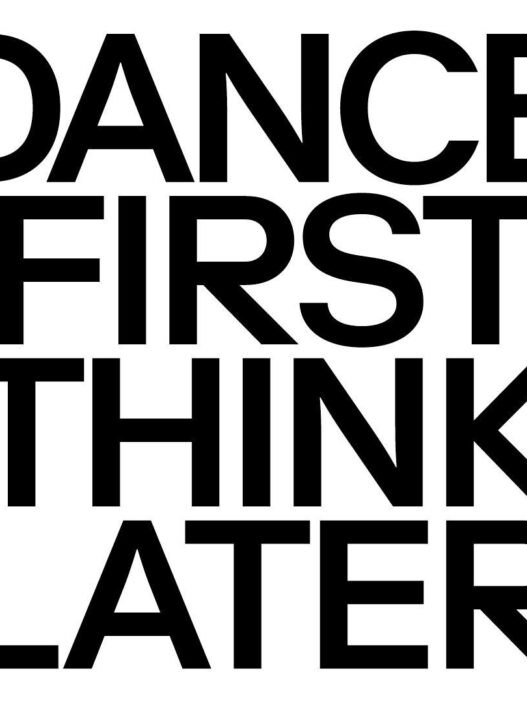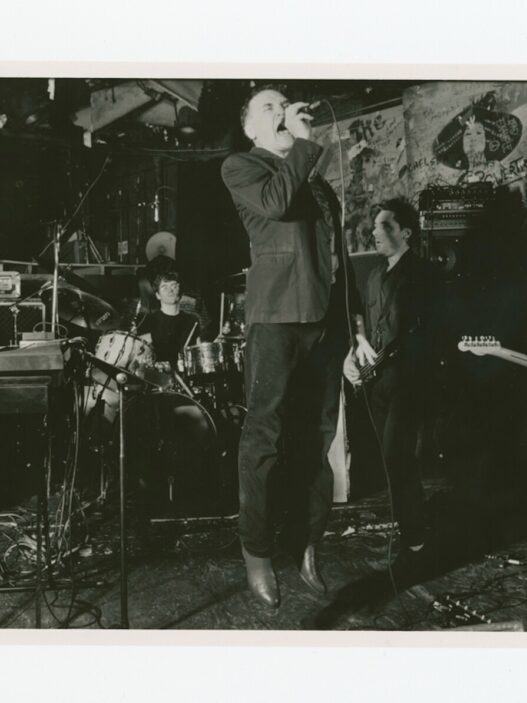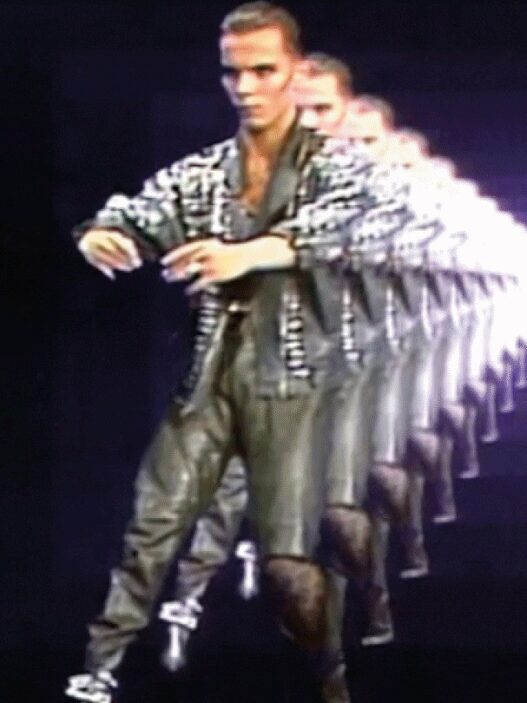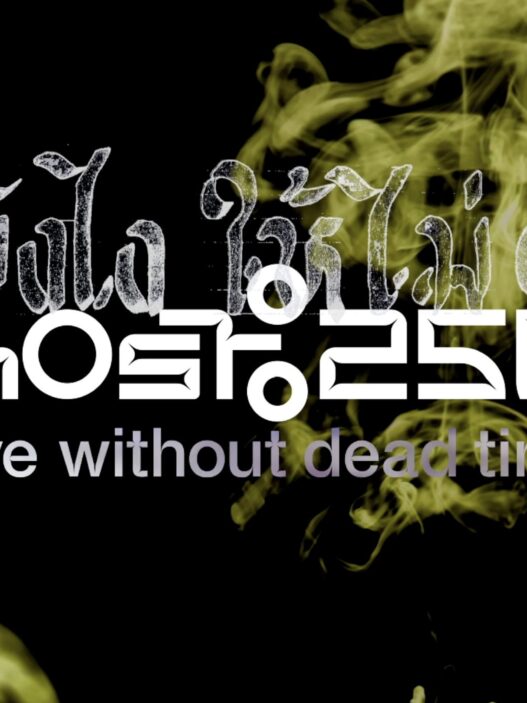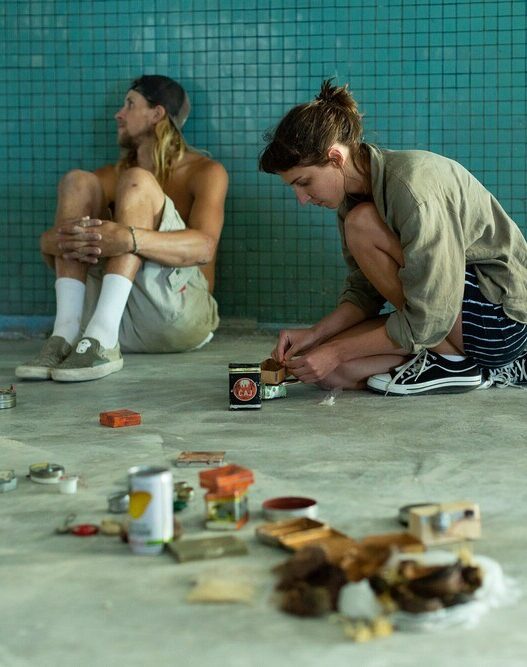The 1989 piece Hagoromo, which Bartolini regards as his first mature work, features a musician improvising saxophone music on a stage inside his former studio. A girl dancer moves within a parallelepiped on wheels that resembles a miniature house as she responds to the music.
This performance foreshadows some of the themes and defining characteristics that continue to define his current experimental work: a narrative built around homages, allusions, representations of other narratives, artistic creations, and biographies; the relationship with space and architecture; the relationship with theater and performance art, partly through the use of sound and music; and the way the work reconciles seemingly incompatible opposites.
Hagoromo: Massimo Bartolini, the most comprehensive book ever written about this Tuscan artist, is a companion to the exhibition. The book, edited by Luca Cerizza and Cristiana Perrella and released by NERO, is a project funded by the Italian Council (10th edition, 2021), a program run by the Directorate-General for Contemporary Creativity of the Italian Ministry of Culture to promote Italian contemporary art abroad.
Over 400 pages long, the book presents a rich iconographic overview in chronological order of the artist’s entire career together with detailed bio-bibliographical notes and references; the publication includes contributions by the likes of Fiona Bradley, Luca Cerizza, Laura Cherubini, Carlo Falciani, Chus Martínez, Jeremy Millar, Cristiana Perrella, Marco Scotini, David Toop and Andrea Viliani.
Curated by Luca Cerizza with Elena Magini.
Centro per l’arte contemporanea Luigi Pecci
Viale della Repubblica 277
59100 Prato
Italy










